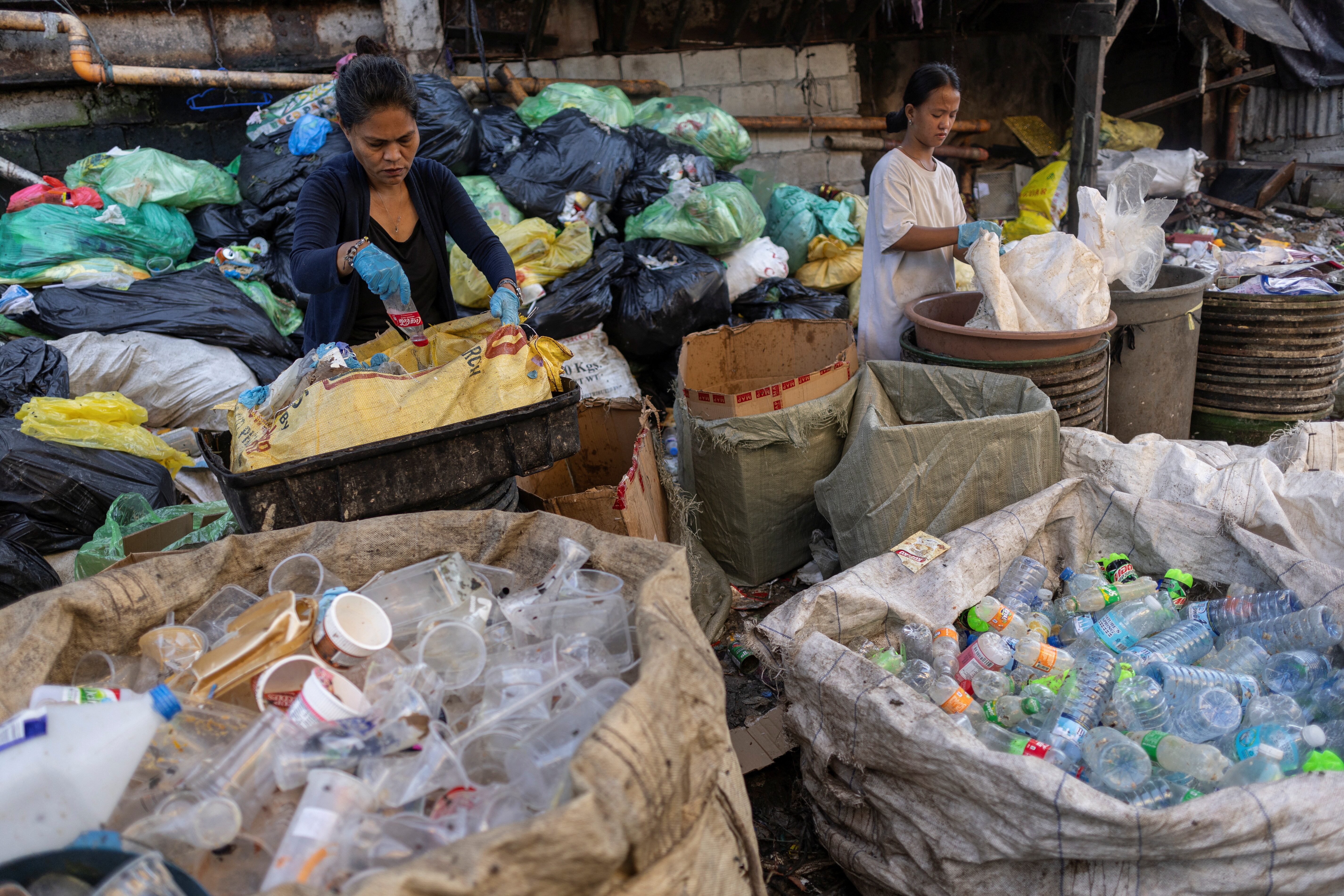Which countries produce the most waste?

Cutting down on waste can mean reusing bags, stopping using single-use plastics and composting food waste. Image: Unsplash/Antoine Giret
- Denmark tops the list of countries with the highest waste generation per person per day - but there's plenty governments can do to kerb our habits.
- South Korea, for example, pioneered waste tax by charging people for the waste they produced, with a significant reduction.
Have you thought about how much garbage you generate every day? Economists have looked at the data and it turns out that higher-income countries like the United States, Denmark, and New Zealand generate at least twice as much waste per capita than developing countries.
Our chart of the week from recent research shows which advanced economies generate just how much waste per person.
Higher-income people not only consume more goods overall, but they also use up a higher concentration of packaged and complex durable goods like cars, appliances, and electronic equipment. Also, most waste in middle- and high-income countries consists of inorganic materials, notably paper and plastic.
While high-income countries generate more waste per capita, in terms of aggregate volume, developing countries produce more than half of total solid waste.
Many of the world’s highest waste generation rates per person are found in developing island nations, where tourism plays a large role. Scarcity of land—the critical resource for landfilling (or dumping)—makes these countries’ waste disposal problems especially acute. Rising sea levels due to global warming of course exacerbate this scarcity.
While most waste generated in low-income developing countries consists of biodegradable organic materials, this share shrinks as income rises.
Pay as you throw
What can governments do to change people’s behavior when it comes to waste?
The best-known type of policy is the plastic bag tax. This is what’s called an advanced disposal fee—you pay up front for the waste you are about to create. To date 30 countries have a plastic bag tax to help reduce waste and help save the environment.
Another way to change people’s behavior is through “pay-as-you-throw” taxes. This way, you are charged by the garbage bin, plastic bag or, in more sophisticated systems, the weight of your garbage. Studies show that these schemes can significantly reduce the amount of waste people generate.
South Korea is an interesting example. The country’s solid waste generation rose rapidly due to rising incomes and changes in consumption. In 1995 the government introduced a system where people had to pay for official bags to dispose of garbage. The price varied based on the municipality and reflected the local cost of disposal. Although South Korea’s system did not charge people for the full cost, waste generation fell from 1.3kg per person per day in 1994 to 0.95 kg in 2014. The recycling rate rose from 15.4 percent to 59 percent over the same period. In 2013 they added a composting program to separate out food waste. Landfill food waste saw a drop from 97 percent in 1994 to about 2 percent in 2014.
With the volume of global waste projected to double to 2.3 billion tons in 2025, governments can change people’s choices and their behavior with the right fiscal policies.
Don't miss any update on this topic
Create a free account and access your personalized content collection with our latest publications and analyses.
License and Republishing
World Economic Forum articles may be republished in accordance with the Creative Commons Attribution-NonCommercial-NoDerivatives 4.0 International Public License, and in accordance with our Terms of Use.
The views expressed in this article are those of the author alone and not the World Economic Forum.
Stay up to date:
Plastic Pollution
Related topics:
Forum Stories newsletter
Bringing you weekly curated insights and analysis on the global issues that matter.
More on Circular EconomySee all
Felipe Basso
November 13, 2025








